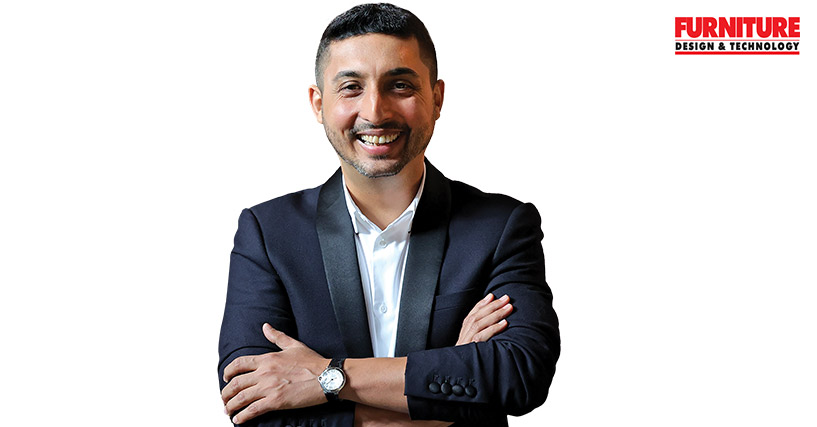
In an exclusive interview with Furniture Design & Technology (FDT), professionally trained architect and furniture designer by passion, Rooshad Shroff shares how he has carved a distinctive niche at the crossroads of tradition and modernity. With a practice deeply rooted in craftsmanship and storytelling, his work seamlessly blends the artisanal with the avant-garde. In this conversation, he offers insights into his design journey, the organic evolution of his practice, and why staying true to one’s voice matters more than following trends. From material innovation to the role of AI in design, Shroff reflects on what it means to create with intent and integrity in a rapidly changing global landscape.
HOW HAS ARCHITECTURE INFLUENCED YOUR FURNITURE DESIGN?
Rooshad Shroff: Actually, I’ve not formally studied furniture. I’ve been trained as an architect. I started my architectural education in India and did three years at Kamala Raheja in Mumbai. My father, who’s also an architect, had a big influence on my early choices. He believed that if my brother and I ever returned to India or started a practice here, we’d need some local grounding. So, I started in India and then transferred to Cornell, did a five-year program, and then went to Harvard for grad school. I did ten years of architectural education, but it was always architecture-led. However, the opportunities in America were quite diverse, and I looked at different avenues of design. When I worked with prestigious firms like OMA and Zaha Hadid they worked primarily on architecture but also did products and furniture. So, that was a form of influence as well.
.jpg)
Weave - Console Photo Credit : Studio Photo Couture
WHAT BROUGHT YOU BACK TO MUMBAI TO START YOUR PRACTICE?
Rooshad Shroff: It happened quite organically; it wasn’t planned. I was living in London before grad school and was keen on going back to London. After finishing grad school, I thought my time in America was done and wanted to move to London. I came to India to meet my parents and take a break for two or three months, and somehow opportunities opened up. I postponed my move to America and never ended up going. It’s been 13 years now. The intention wasn’t to start my own firm; it happened organically.
HOW DO YOU MERGE TRADITIONAL AND MODERN DESIGN IN YOUR FURNITURE?
Rooshad Shroff: When I moved back to India, some opportunities opened up, but things were going quite slowly. I started designing a few furniture pieces to keep myself busy. I wanted to get one or two things made, but I couldn’t get anything made because people wanted quantities. That’s when I started looking at something quite grassroots level, handmade, so it’s not really a number game. That’s when I really started looking at craft and more artisanal work. It wasn’t that there was always an interest; situations kind of led me to that. It opened up a whole new language for me in terms of how we can make this and use it within our body of work. The idea of research and looking at those techniques fascinated me, and I also saw the potential of what that craft could do.
IS STORYTELLING CENTRAL TO GLOBAL DESIGN TODAY?
Rooshad Shroff: There’s definitely a resurgence of that. People are looking for more unique pieces and also pieces that tell a story. They are interested in how it’s made, where it’s made, the story behind it, the idea of the craft, and the way in which things are used. There is definitely a market for that, and I think it’s increasing quite rapidly.
ARE YOU SEEING NEW MATERIAL INNOVATIONS?
Rooshad Shroff: There’s a lot of material exploration. Designers are looking at innovative ways, sustainable materials, or mixing of materials. There’s a lot of ceramic lately, resin casting, recycling of materials, and textiles. Metal and marble always remain a constant.
.jpg)
Balance Balance Photo Credit : Vinay Panjwani
WHAT WAS YOUR THOUGHT PROCESS BEHIND THE BALANCE COLLECTION?
Rooshad Shroff: Furniture has always served as a testing ground for us a space to push boundaries, whether through structural experimentation, material innovation, or surface treatments like marble carving and inlay. Most of our pieces explore ideas of stability, balance, and cantilever, constantly questioning how far a material or form can be taken. The Balance Collection was a return to those core explorationsfocusing on geometry, form, and centers of gravity. It began with a single piece in 2021, inspired by pebbles precariously stacked in nature. That image of structural anomalywhere forms appear fragile yet remain unexpectedly stablesparked a series that blends sculpture and function. The collection embodies the tension between delicacy and durability, prompting viewers to ask, “How is it standing?” while reinforcing the idea that beauty often lies in balance and surprise.
WHY THE NAME ‘BALANCE’?
Rooshad Shroff: Internally, we always called it Balance. When it was time to name the collection, we thought of various different things, but everything felt a bit too forced. We finally called it what we had internally called it because there’s no pretense to it; it is what it is.
HOW DO YOU BALANCE LOCAL ROOTS WITH GLOBAL CULTURE?
Rooshad Shroff: That pretty much summarizes what we do with our furniture. We want to incorporate a bit of home, which is about Indian craft and know-how, but we don’t want to present it as traditional craft. Instead, we aim to make it much more contemporary. Hence, I consistently strive to create contemporary designs that can fit into any global home while rooting them in India through crafts such as marble inlay or embroidery.
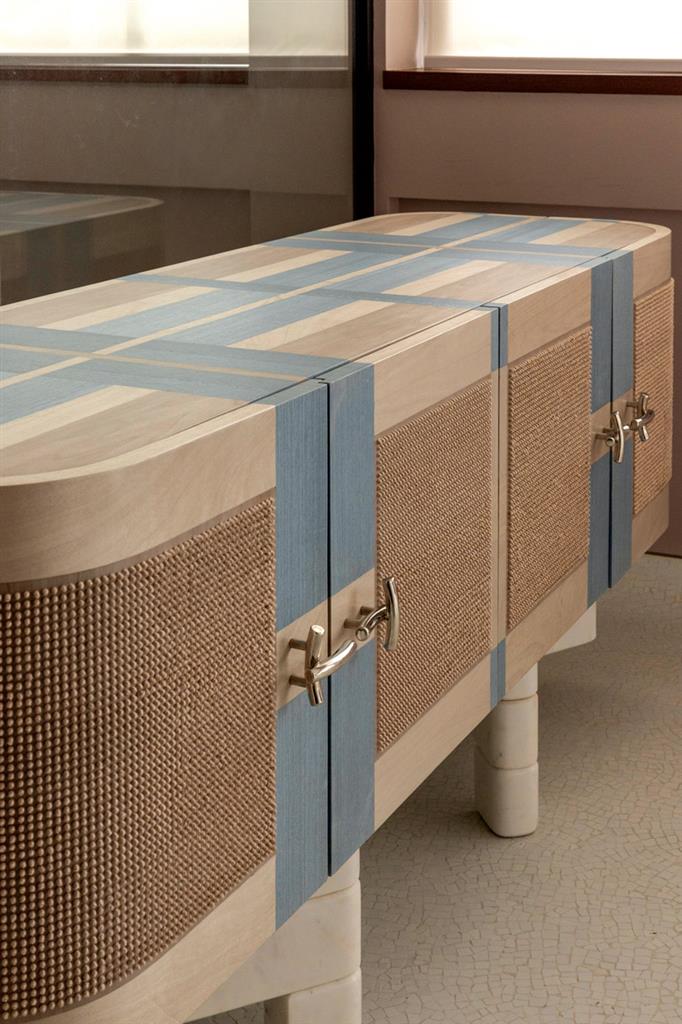
The Weave Cabinet | Photo Credit: Studio Photo Couture
"Furniture has always served as a testing ground for us a space to push boundaries, whether through structural experimentation, material innovation, or surface treatments like marble carving and inlay."
HOW DO YOU SEE AI FITTING INTO TRADITIONAL DESIGN?
Rooshad Shroff: There are lots of things that still craft can do which machinery and technology cannot do. We should also be cognizant of the fact that these are going to be new design tools that are going to be accessible to us. How do we kind of incorporate them within our design language to aid the design process? We’ve not successfully done that as yet, but we are still looking at it.
HOW DO YOU SEE LUXURY FURNITURE EVOLVING?
Rooshad Shroff: We don’t particularly look at too many trends because our direction is quite unique for ourselves. We want to be true to that. We don’t cater to a larger audience in terms of making furniture; it’s not a primary business. We’ve always been consistent in terms of pushing ourselves with certain materials and craft. We’ve kind of stuck to the similar kinds of craft and material, whether it’s embroidery or marble or wood.
ANY CRAFTS THAT YOU CONSISTENTLY WORK WITH?
Rooshad Shroff: Pretty much what I said earlier. We’ve just been consistent in the crafts that we work with. So, carpentry, embroidery, marble, and marble inlay are pretty constant in what we do.
" We just opened a new gallery space last month. We’re doing a Rahul Mishra store which is going to open next month. We just opened Nilaya Anthology, which was the largest retail space that we’ve done, which is 100,000 sq ft in Mumbai."
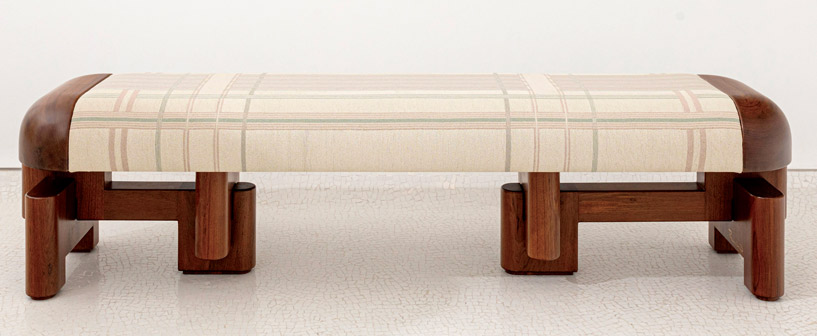
HOW DOES INDIA COMPARE WITH THE WEST IN DESIGN COLLABORATIONS?
Rooshad Shroff: Internationally, there are very large manufacturing companies which have fantastic factories and workshops. They tie up with fantastic designers who have the ability to think creatively. That marriage becomes quite successful. Here, because we don’t really have those kinds of furniture companies, designers are also turning into manufacturers. We’ll never be able to match sometimes to the level of quality and precision that some of these guys do because they have the expertise of decades of research, experimentation, and machinery.
IS THERE A GLOBAL BRAND YOU’D LOVE TO WORK WITH?
Rooshad Shroff: That’s a tough one. There are many great companies out there, but if I had to choose, maybe Hermes.
HOW DO YOU LOOK AT SUSTAINABILITY IN YOUR PRACTICE?
Rooshad Shroff: We are right now using a lot of natural resources like marble and wood. Our pieces are getting made in different cities and put together, so our carbon footprint is definitely not sustainable. But I think it addresses a larger question of sustainability in terms of sustaining the craft and the know-how. That is dearer to me at the moment.
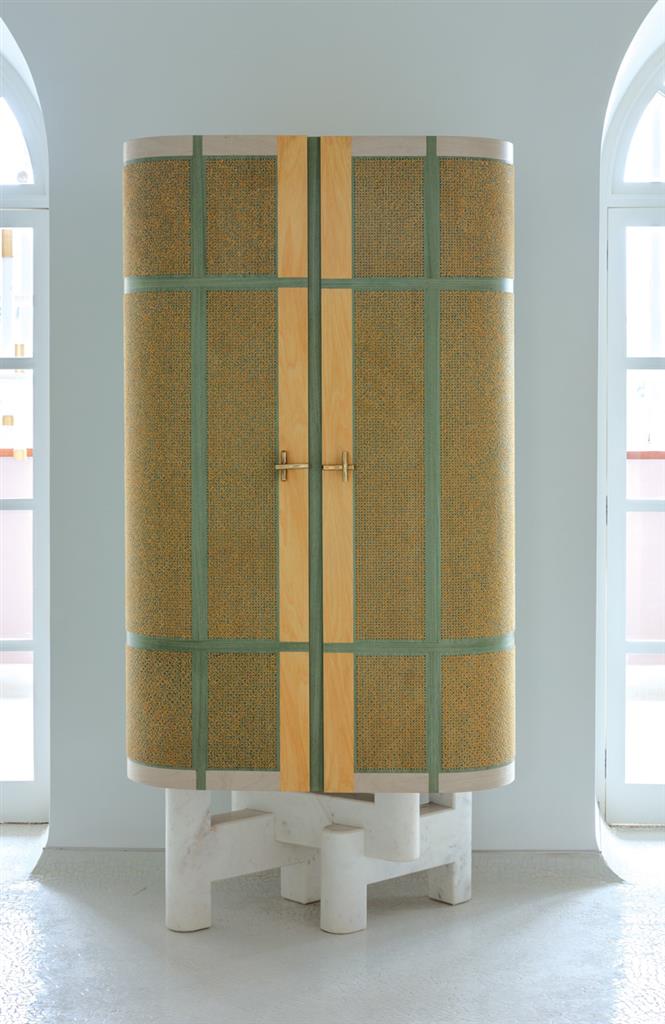
The Weave Cabinet | Photo Credit: Studio Photo Couture
WHAT ARE SOME CURRENT PROJECTS YOU’RE EXCITED ABOUT?
Rooshad Shroff: We’re working on quite a few private residences and some offices, mostly interior projects. We just opened a new gallery space last month. We’re doing a Rahul Mishra store which is going to open next month. We just opened Nilaya Anthology, which was the largest retail space that we’ve done, which is 100,000 sq.ft in Mumbai. We work a lot with Reliance and the Ambani family as well.
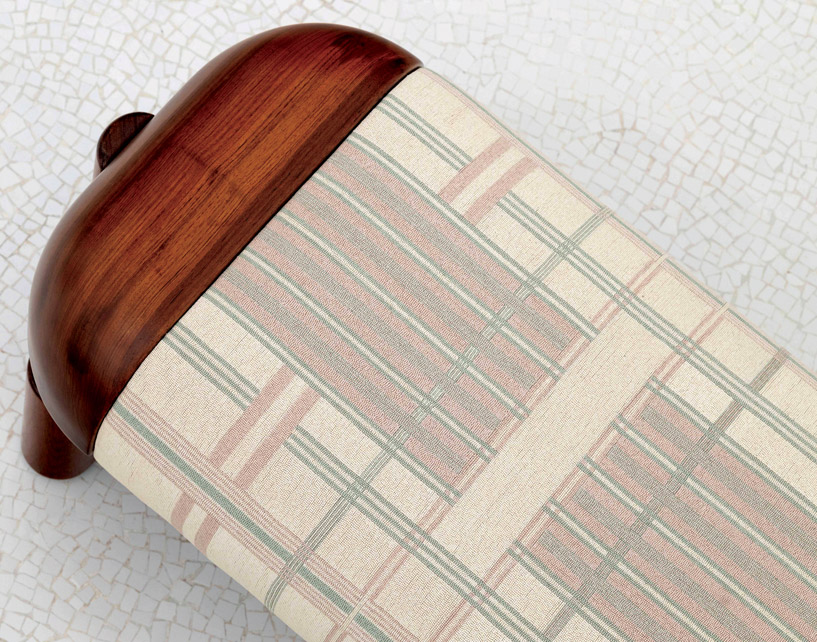
DO YOU SEE YOURSELF MORE AS AN ARCHITECT OR FURNITURE DESIGNER?
Rooshad Shroff: I’m more of an architect. Furniture design is about ten percent of what we do.
WHAT’S NEXT FOR YOUR STUDIO?
Rooshad Shroff: The idea would be to always continue in the same trajectory, not to get swayed by trends. We just opened a new gallery space last month, and I hope that we can maintain the integrity and honesty within our pieces that we have done so far and can do so in spite of having that place.
" The collection embodies the tension between delicacy and durability, prompting viewers to ask, “How is it standing?” while reinforcing the idea that beauty often lies in balance and surprise."
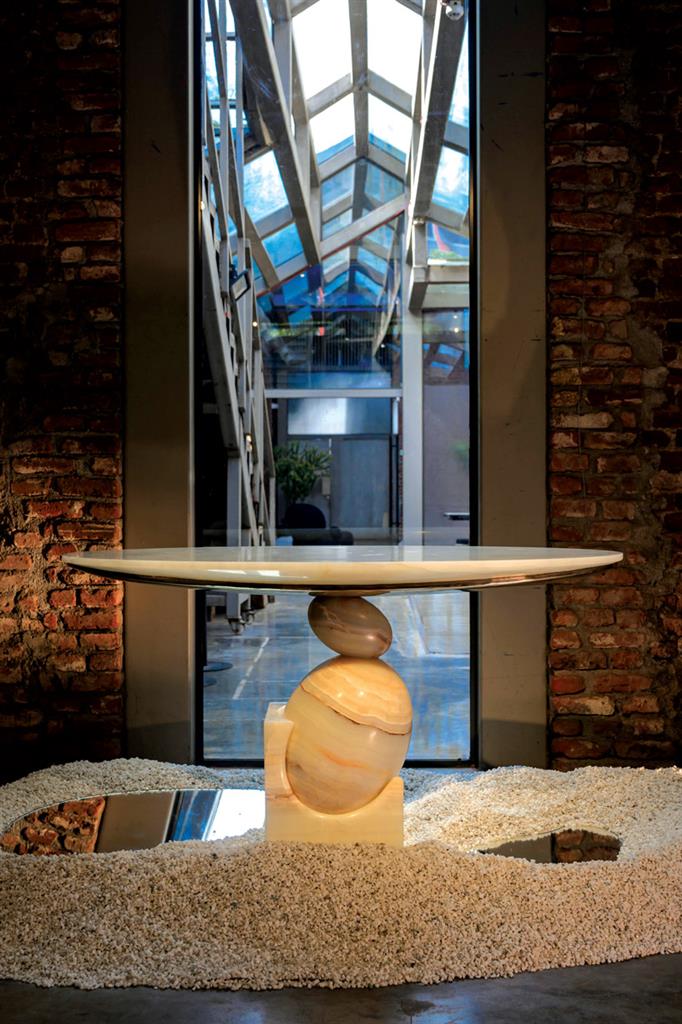
The Weave Cabinet The Weave Cabinet Photo Credit: Studio Photo Couture
WHAT WAS THE FIRST FURNITURE PIECE YOU WERE PROUD OF?
Rooshad Shroff: I think I’ve always loved my C chair. That’s something that I keep revisiting and doing artist collaborations once in a while. It’s something that I’m quite proud of.
WHAT ADVICE WOULD YOU GIVE ASPIRING FURNITURE DESIGNERS IN INDIA?
Rooshad Shroff: To be honest to your own direction. The most dangerous thing sometimes is the trends and to be swayed by what the market demand might be because those things change so often. Find your honest true calling and just grow in that because that’s something that becomes inherently completely you.
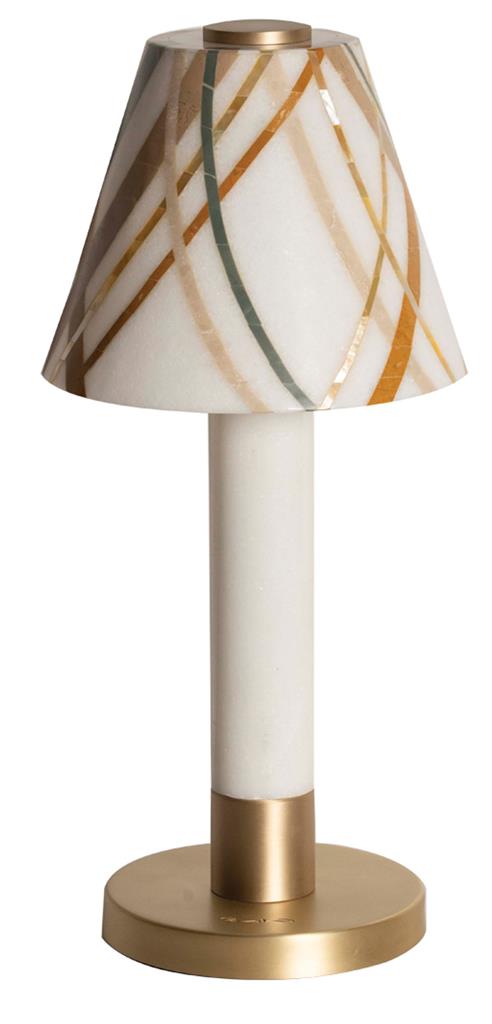
The Weave Table Lamp Photo Credit : Rishav Vishwa
IS HAVING A MENTOR OR ROLE MODEL IMPORTANT?
Rooshad Shroff: Everybody needs them. One of my closest friends, Maximiliano Modesti, runs an embroidery unit, and he’s a couple of years senior to me. He’s not an architect, but I always go to him for advice. My dad is also an architect, and I always take his advice. There are two or three of my friends that I always look up to, and they’re actually not at all from the design industry, but I bounce ideas and thoughts with them because I know the feedback will be in my true interests.
Furniture Design India and the magazine FURNITURE DESIGN & TECHNOLOGY (FDT magazine) are from the trusted 22-year-old media house of SURFACES REPORTER and PLY REPORTER.
FDT is a B2B monthly bilingual magazine from India that shares the pulse of the furniture business in India and connects the manufacturers, OEMS, product designers, architects, showrooms, designers and dealers.
Read More© 2025 Furniture Design and Technologies.. All Rights Reserved. Developed by eyeQ Advertising